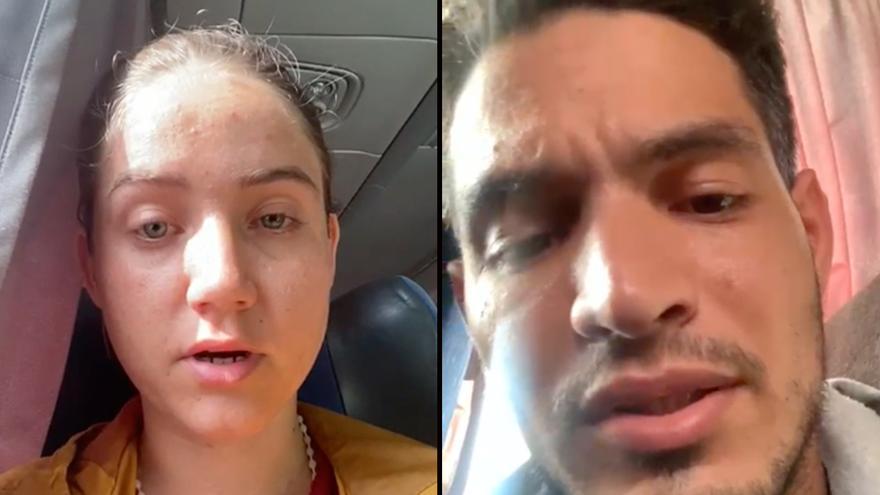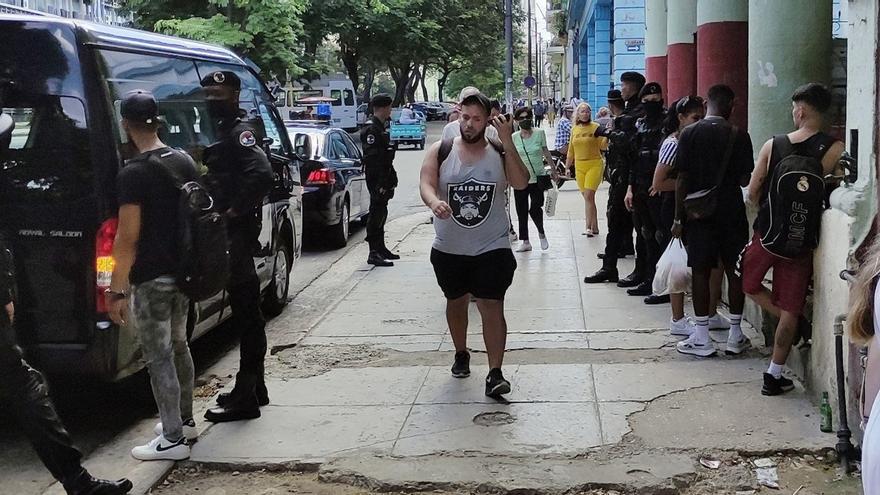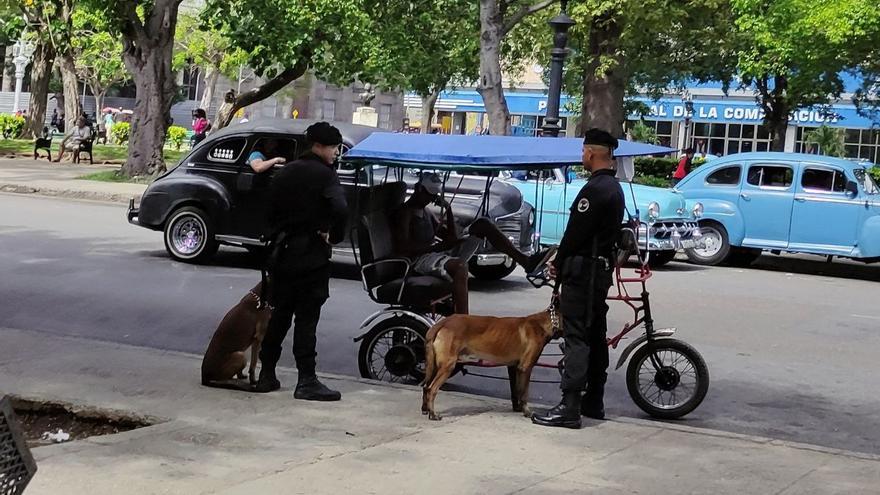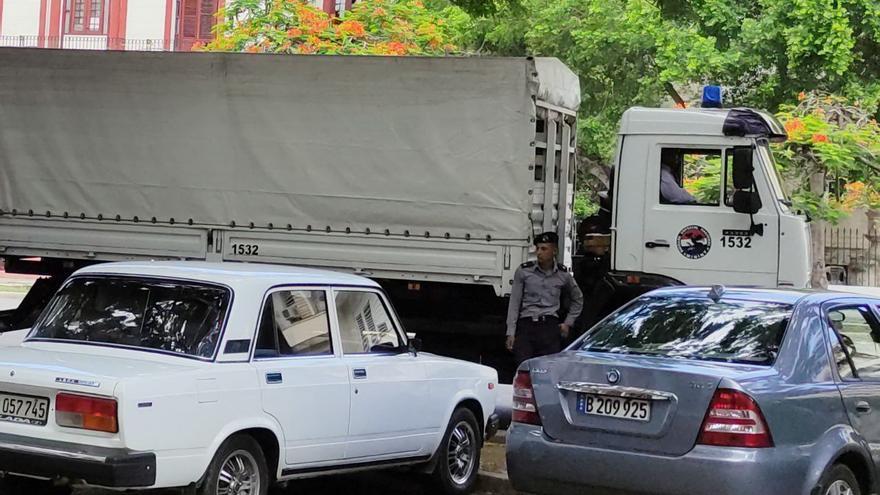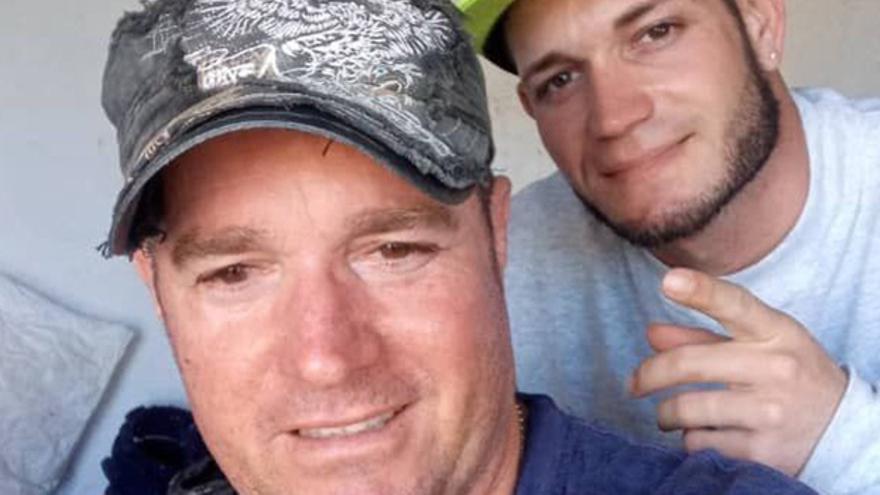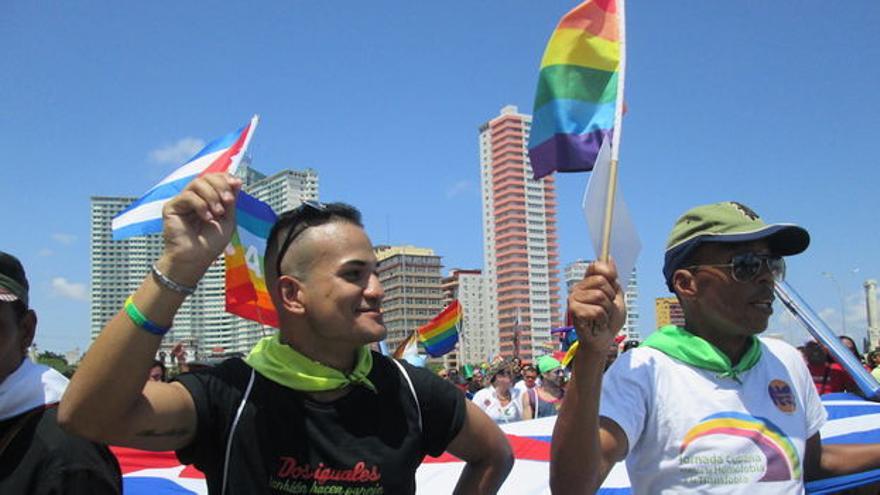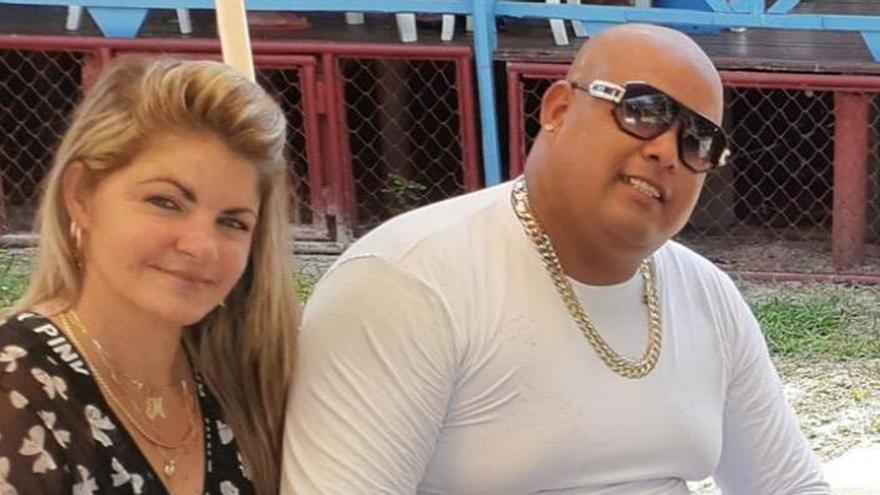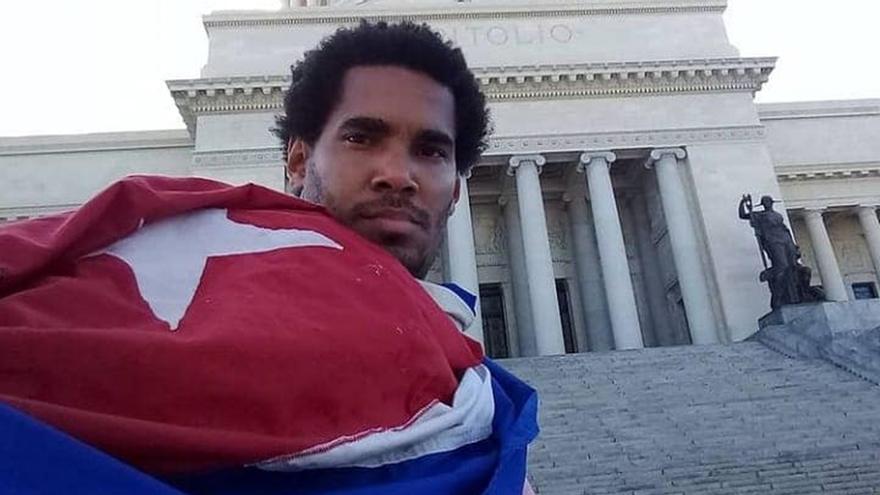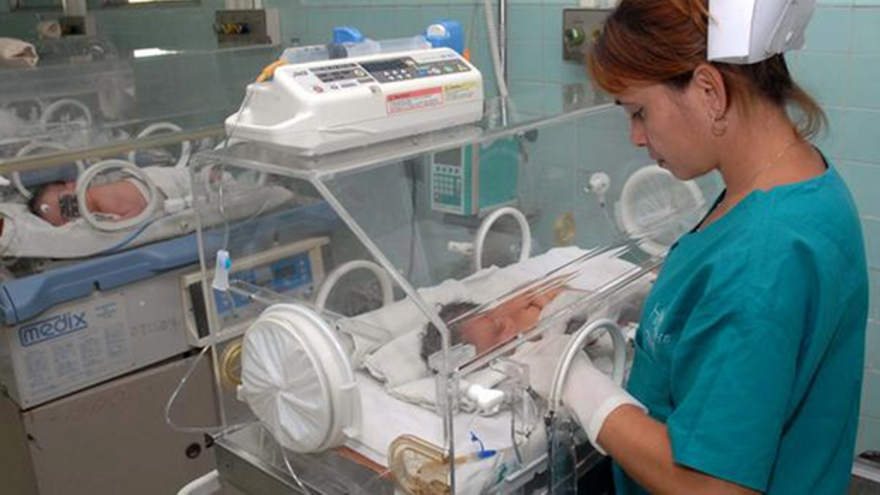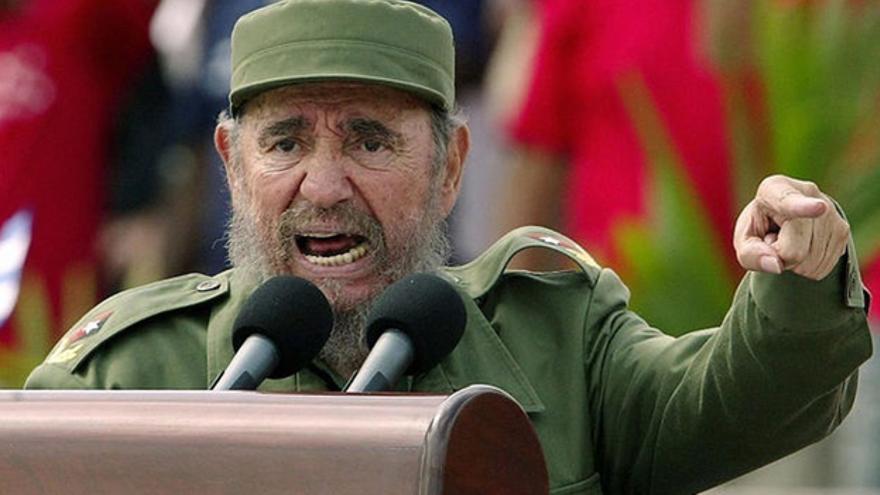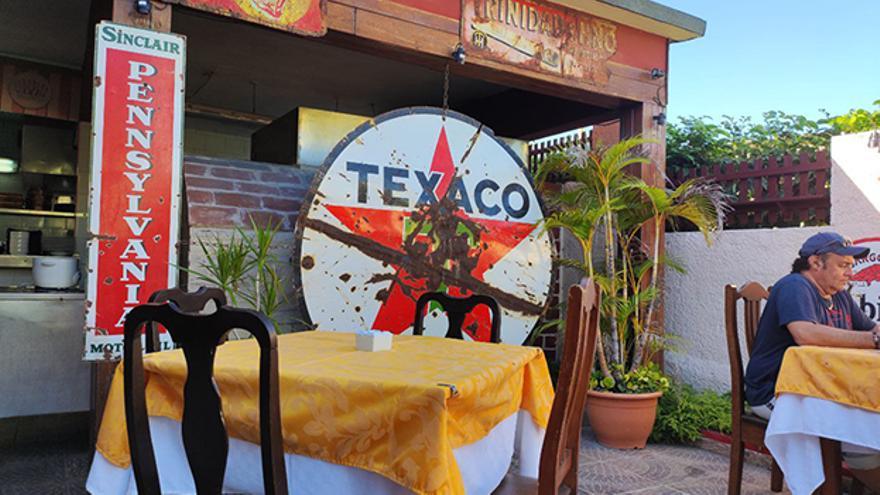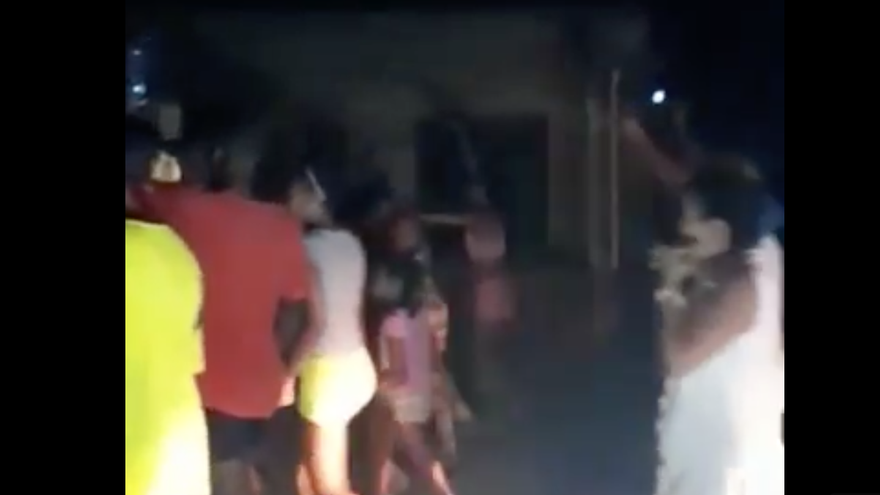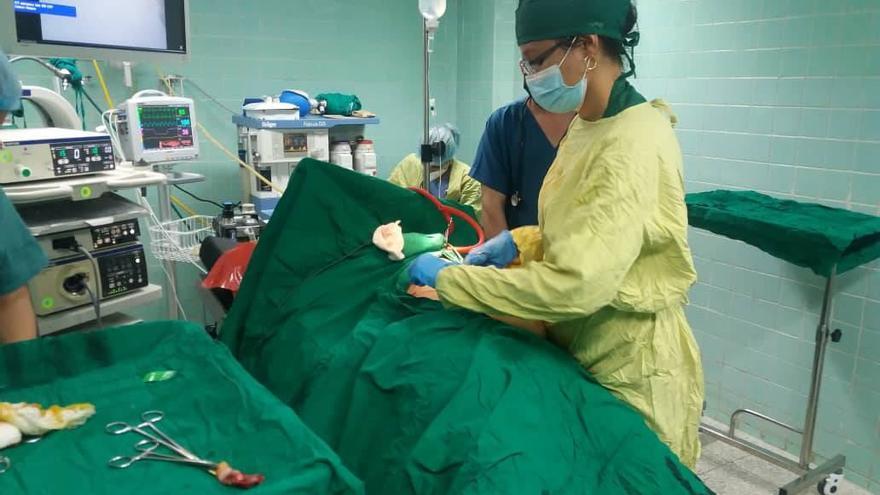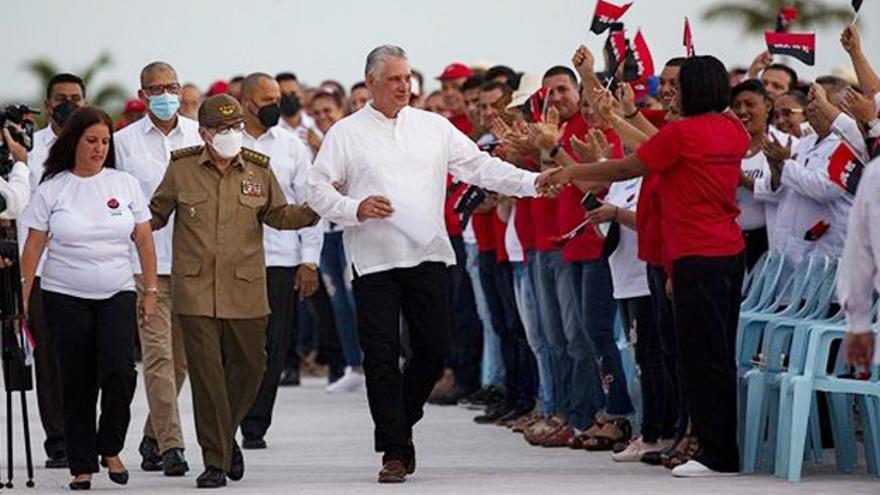
![]() 14ymedio, Havana, 26 July 2022 – – The day started off complicated in the editorial office of 14ymedio in Havana. Several members of the team awoke to no internet connection and started to look for alternative ways to reach their readers. They concluded, with resignation, that the reason for this was that Etecsa [the Cuban State owned telecoms company] had cut off communications from activists and independent journalists on July 26th, the day Cuban officialdom celebrates the anniversary of the assault on Moncada prison, or, the Day of National Rebellion, as they prefer to call it.
14ymedio, Havana, 26 July 2022 – – The day started off complicated in the editorial office of 14ymedio in Havana. Several members of the team awoke to no internet connection and started to look for alternative ways to reach their readers. They concluded, with resignation, that the reason for this was that Etecsa [the Cuban State owned telecoms company] had cut off communications from activists and independent journalists on July 26th, the day Cuban officialdom celebrates the anniversary of the assault on Moncada prison, or, the Day of National Rebellion, as they prefer to call it.
Hundreds of miles away, in Cienfuegos, Díaz-Canel gave his speech: “Democracy, popular participation, humanism, creativity, innovation, commitment, ideals and revolutionary passion are what today define the Cuban Revolution, and social justice continues to be our guide.” He didn´t say anything about freedom of the press or the selective cuts in internet service.
The Head of State appeared in the city’s Plaza Cultural, where, according to the State news and media website Cubadebate, over 10,000 people had gathered, and lent his arm to Raúl Castro, who was also supported by the First Party Secretary in the area, Marydé Fernández López, so he could walk to his place of honour. From there he enthusiastically waved the red and black flag and listened to the words of his successor, who had not even been born on the date in question, but whose speech was focussed on the preceding century.
Díaz-Canel defended Fidel Castro´s claim in La Historia me absolverá [History Will Absolve Me], as a remedy for the “amnesia” that “imperial logic” attempted to impose, and spoke of “material pressures” intended to push back the “the spirit of resistance and to make the Cuban people forget the reason for the socialist revolution of the poor, with the poor, and for the poor.”
While Cuban people cross the island seeing the empty stores closed down, or some forklift driver comes up with a black market product, Díaz-Canel went on about a period when Cubans owned no houses or land, the negroes and mestizos were marginalised, women had no rights and were hopeless and hungry. Although he could have been talking about this Tuesday July 26, 2022, he was in fact referring to the mid-twentieth century. continue reading
During the day they announced a more than 10% shortage of electricity, although early in the morning the television broadcast the official ceremony without problems. In any case, Díaz-Canel, found himself able to refer to the power cuts, and asked the Cubans, even though they thought there was nothing worse than the blackouts they had to put up with every day, “to understand that the US blockade is the root cause of our economic difficulties.”
The leader didn’t get everything correct. He mentioned the great Cuban sporting achievements, while the rate of absconding of athletes is higher than ever, then he want on to the low level of infant mortality in a year in which we have seen catastrophic statistics in the island. He mentioned citizen safety on a day when we know there are up to 10 daily cattle thefts in Ciego de Ávila, and, why not, the health situation, a few days after the lack of nearly half the basic necessity medicines was reported.
In his speech, the President also referred to the new recently-approved norms which put Cuba “in the vanguard of respect for rights and guarantees,” although he didn’t mention the Penal Code, or the Communications Law, although he did mention the Family Code, one of the few norms adopted by the government — if not the only one — which the international community can view positively and which will be subject to a referendum in September.
Díaz-Canel also thanked the Heads of State who had shown support for Cuba, among which he particularly mentioned Andrés Manuel López Obrador, the Mexican leader, who is apparently gaining in the appreciation of the Cuban regime in comparison with Nicolás Maduro, who did not get a mention in spite of the relationship of more than two decades between Caracas and Havana.
Lastly, Díaz-Canel said “delinquency weakens social work and corruption eats away at everything” and stressed the need to fight it. “If we had given in after Moncada, after Granma, if we had accepted the idea of defeat, we would have been defeated, but that never happened and that must always be our attitude”, he concluded
Translated by GH
____________
COLLABORATE WITH OUR WORK: The 14ymedio team is committed to practicing serious journalism that reflects Cuba’s reality in all its depth. Thank you for joining us on this long journey. We invite you to continue supporting us by becoming a member of 14ymedio now. Together we can continue transforming journalism in Cuba.

